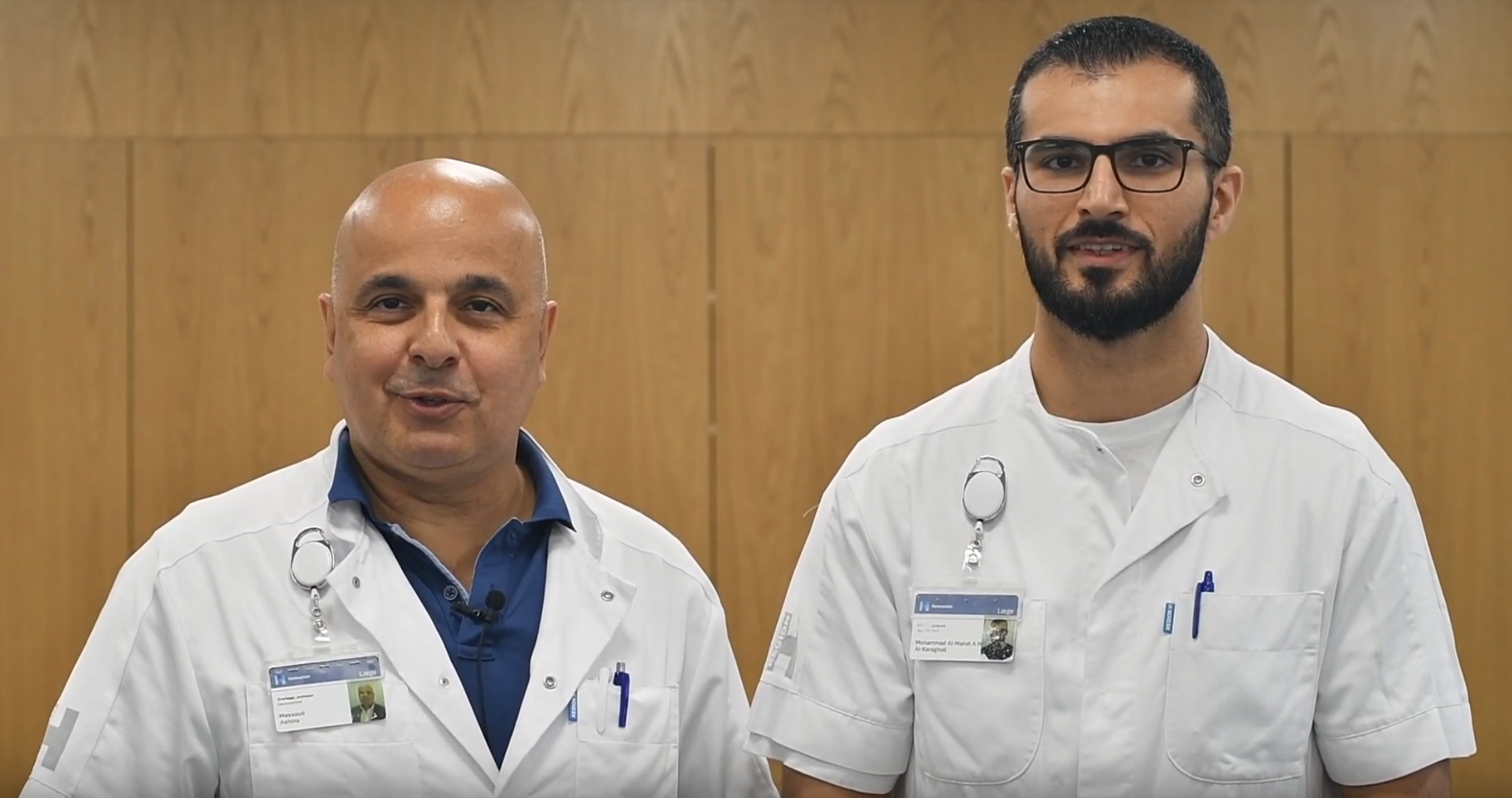-
The Lundbeck Foundation
read moreProfessor Messoud Ashina is awarded a major grant as a part of the Lundbeck Foundation Professorships programme. We thank the Lundbeck Foundation for supporting migraine research.
-
President Professor Messoud Ashina
read moreProfessor Messoud Ashina is the new president of the International Headache Society. His aspirations for the future include eliminating language barriers in order to disseminate knowledge of headache disorders to broader audiences.
-
A new target for the treatment of migraine
read moreOpening of KATP channels caused migraine attacks in all patients. This suggests a crucial role of these channels in migraine pathophysiology and that KATP channel blockers could be potential targets for novel drugs for migraine.
-
Ultra-high field MR angiography in human migraine models
READ MOREWe hypothesized that an increase in field strength to 7.0 T and concomitant enhanced voxel resolution would lower variance in measurements of dilation in the intradural middle meningeal artery.
-
Association Between Sumatriptan Treatment During a Migraine Attack and Central 5-HT1B Receptor Binding
READ MORETreatment with sumatriptan during migraine attacks appeared to be associated with a decrease in 5-HT1B receptor binding; the migraine attack-associated decrease in binding could indicate that migraine attacks are associated with increases in endogenous serotonin.
About Human Migraine Research Unit
The Human Migraine Research Unit is an integral part of the Danish Headache Center and Department of Neurology, Rigshospitalet – Glostrup. We seek to understand molecular mechanisms of migraine and to identify disease specific biomarkers (fingerprints of migraine). The core expertise of our members is human provocation models of migraine and ultrasound-based diagnostic imaging techniques used for visualizing vascular responses during experimentally induced migraine attacks.
Over recent years, we have added additional expertise in functional and structural magnetic resonance imaging (incl. MR-angiography & functional MRI). These advanced imaging techniques constitute an important supplement to our provocation models and provide new and exciting insights into migraine pathophysiology. Furthermore, we have extended our field of interest by utilizing migraine genetic discoveries in human models of migraine to investigate functional consequences of genetic mutations.
read more
A new target for the treatment of migraine
Opening of ATP-sensitive potassium channels caused migraine attacks in all patients. This suggests a crucial role of these channels in migraine pathophysiology and that KATP channel blockers could be potential targets for novel drugs for migraine.